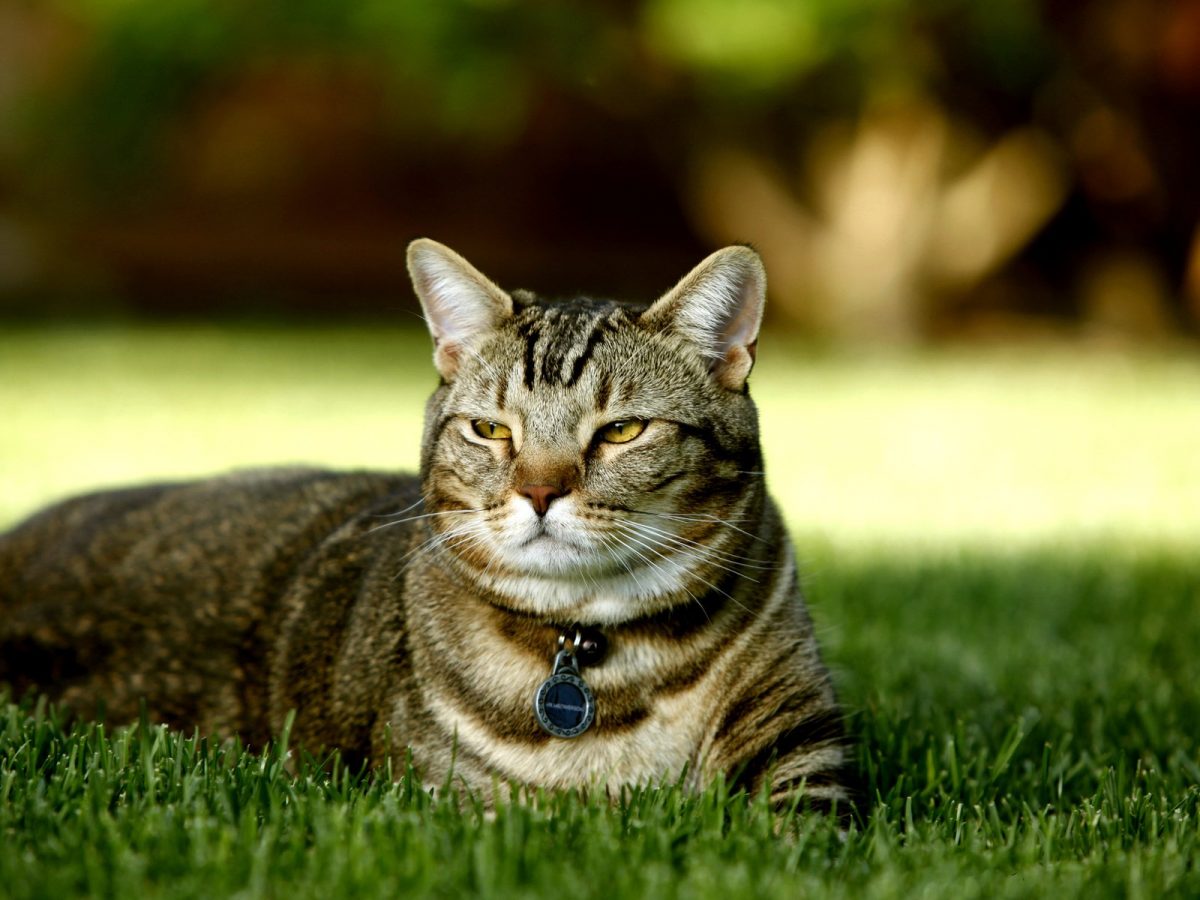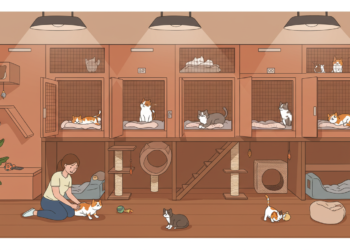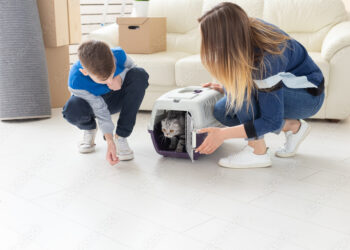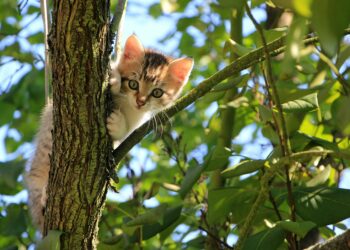The ragamuffin is a purebred cat that is not very well known in the World. There are also very few catteries where they breed this breed. The ragamuffins is a fairly young breed and the cat connoisseur will see the relatively large American ragdoll in this breed.
This is understandable because the ragamuffin originated from the ragdoll in combination with other purebred cats. Why a separate breed, what kind of cat is the ragamuffin exactly, and what are the breed characteristics of this young breed?
Ragamuffin, The Origin
In the 1960s, Ann Baker, from California (United States), laid the foundation for the ragdoll as we know it in 2020. She has set very strict breed standards for this breed. For some breeders, these breed standards turned out to be very strict.
A group of these original ragdoll breeders broke away from what Ann Baker had set up earlier in the 1990s. This group wanted to walk its own path. Since Ann Baker had appropriated the name ragdoll, this split-off group was forced to choose another name.
The new name became ragamuffin. With this name and combined with other pedigree cats and therefore also fresh bloodlines, this breed has been further formed into what it is in 2020.
Variety Characteristics
This young pedigree cat now has appearance and character traits that look slightly different from the original ragdoll.
Reading suggestion; Boy Cat Names; Find the Perfect Male Kitten Name
Appearance
- Body: The ragamuffin is sometimes described as medium to large, but most ragamuffins are just large in size. The females can weigh up to 7 kilograms and the males can weigh up to 10 kilograms. The build of this cat is sturdy, robust, and with a relatively broad chest. It is a strongly muscled cat with a proud demeanor.
- Head: The skull is quite broad and the ears are set straight on the head. The nose is clearly defined. That is, not a really large snout like the Siamese or the Balinese, but also not as flat as the nose of the press. The eyes are slightly almond-shaped. The color of the eyes is brown, green or amber.
- Coat: The coat is medium to long and extends over the tail like a fanned plume. The hairs have a fine structure, are shiny, and lie beautifully smooth over each other. The hair feels silky soft. The ragamuffin is available in all classic colors and pointed.
Character
The ragamuffin is an intelligent, loyal and gentle cat. She can be affectionate and often wants to snuggle with you. She is a bit curious and only occasionally has a playful mood.
This pedigree cat does well in a family situation with young children and other pets do not have to be a problem.
Because it is an extremely calm and affectionate cat, this cat is also sometimes used with lonely older people. These cats can then snuggle up on someone’s lap.
Recognition As A Pedigree Cat
The ragamuffin was created by carefully transferring the genes of the press, the Himalayan, and the ragdoll to the various breeders in their breeding programs. In 2010, the breed was officially recognized by the American Cat Fanciers Association (ACFA).
Since it is still a young breed, a purebred cat is admitted to the ACFA if at least one of the two parents is an official ragamuffin. In 2020, most breed clubs recognize the breed.
Development Of The Ragamuffin
In order to arrive at the aforementioned traits and to obtain a healthy, broad gene pool, several other breeds were crossed through carefully composed breeding programs.
This is still happening in 2020. In addition to the ragdoll that forms the basis for the ragamuffin, Persians and Himalayans are used for this. Why these cats?
Persians
The long double and silky coat (undercoat) of the press enhances the coat of the ragamuffin. A refinement of the coat can take place, as it were. Furthermore, the press is available in all classic colors and targeted breeding programs have made it possible to also get the classic colors in the coat of the ragamuffin.
The traditional ragdoll is only available in well-known point drawing. The calm character of the ragamuffin can also be emphasized. The press is also calm, likes to oversee the situation, and is not easily fooled. Finally, this cat has a robust build with a broad chest.
The only difference in this one is that the press is slightly lower on the legs than the ragdoll. By using the press in the breeding programs, the aspects to be emphasized around the coat and character are further emphasized.
By crossing the ragamuffin with the press, the nose of the ragamuffin has also become shorter/flatter over time. Incidentally, the nose of the ragamuffin is not as short/flat as the nose of the traditional press. The somewhat flatter nose means that the head of the ragdoll and the ragamuffins are slightly further apart.
Himalayans
The basis of the Himalayan is the press with beautiful fur with an aligned colorpoint drawing. In other words, the press as we know it, but with the point drawing of a Siamese. This Himalayan has proportionally more noses than the traditional press.
In character, this cat is almost comparable to the traditional press. Calm, friendly, and with a relatively low energy level. The eyes have a slightly more almond shape, which we also see in the ragamuffins. This is a clear difference with the ragdoll because this cat has more round eyes.
The match with the Himalayan is mainly in the drawing of the fur for the ragamuffins with a point drawing. The pattern of such a coat can fade if you do not breed with the right animals. By crossing the Himalayan in it, the point drawing of the ragamuffin will only become clearer.
Reading suggestions; British Longhair Cat
Ragdolls
The ragdoll is of course the basis of the ragamuffins so that the ragdoll continues to come back in the different bloodlines is only logical.
To optimize the eye color of the ragamuffin, the always blue eyes of the ragdoll are an advantage. Especially for the green and amber eyes of the ragamuffin, because the blue of the ragdoll enhances and refreshes the green (sometimes even sea green) and amber color of the ragamuffin.
Because both the press and the Himalayan are somewhat smaller in size than the ragdoll, it is also important for that reason to keep the original ragdoll sufficiently in the bloodlines. The ragamuffin must remain a big cat.
`
Health aspects and care
It is a young breed and other purebred cats have been crossed into it. That makes the gene pool broad and healthy. This pedigree cat, therefore, has no genetically determined health problems.
In terms of care, regular brushing is recommended. Brush the long coat well every other day and in particular comb the collar and ‘armpits’ (leg to body) well. This is where tangles often appear first. Small tangles are relatively easy to remove with a special brush and cat comb.









